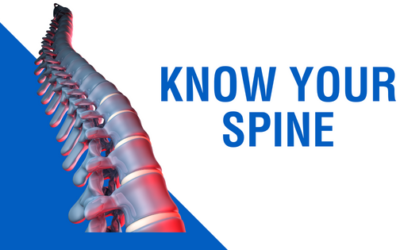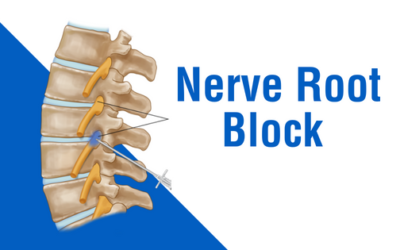Introduction
Atlantoaxial osteoarthritis (AAOA) is a degenerative condition that affects the joint between the atlas (C1) and axis (C2) vertebrae in the neck. The condition is characterized by degeneration of the articular cartilage and the formation of osteophytes, or bony growths, within the joint. This can lead to a narrowing of the spinal canal and nerve compression, causing pain, stiffness, and limited range of motion in the neck. AAOA is a rare condition and is most commonly seen in older individuals and those with rheumatoid arthritis.
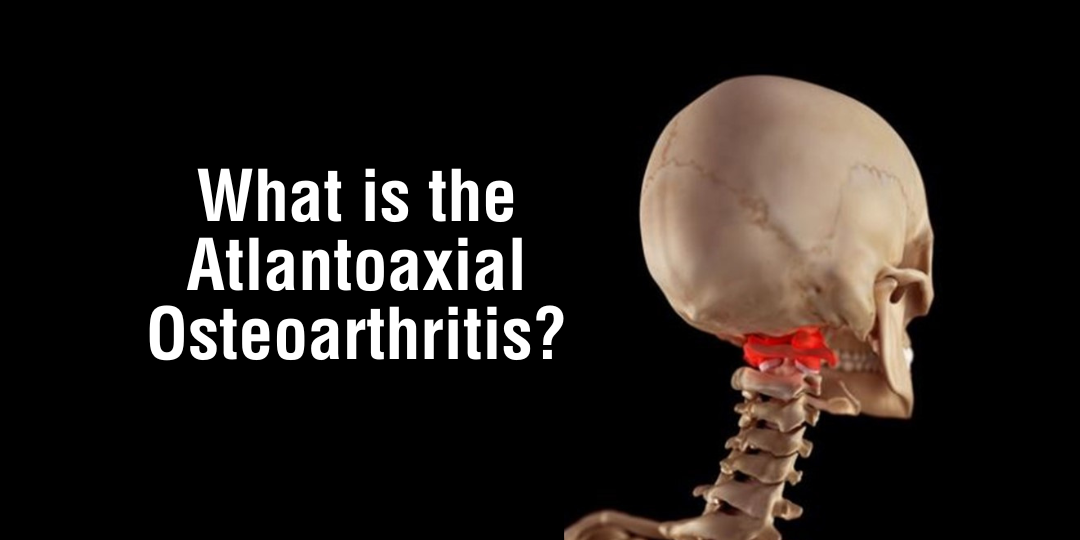
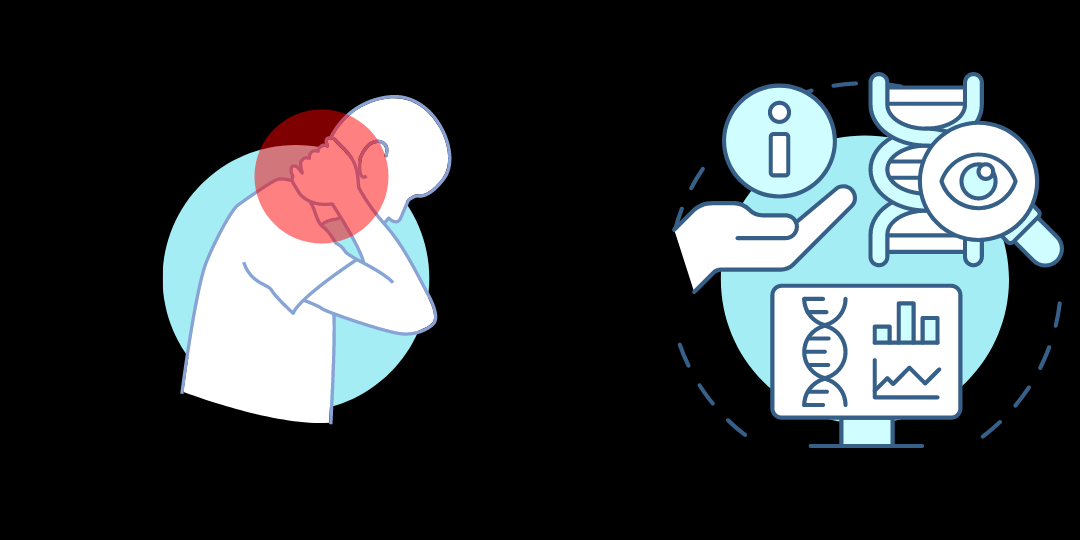
Epidemiology
The incidence of AAOA is not well-established, as the condition is often asymptomatic and may be found incidentally on imaging studies. However, it is estimated to occur in 1-2% of the population. The condition is more common in older individuals and in those with rheumatoid arthritis. Risk factors include trauma, congenital malformations of the cervical spine, and hereditary conditions such as Down syndrome.
Clinical Presentation
The clinical symptoms of AAOA can vary depending on the severity of the condition, but they commonly include neck pain, stiffness, numbness and tingling, weakness, headaches, and vertigo. These symptoms may also be caused by other conditions, and a proper diagnosis by a medical professional is necessary to confirm the presence of AAOA.
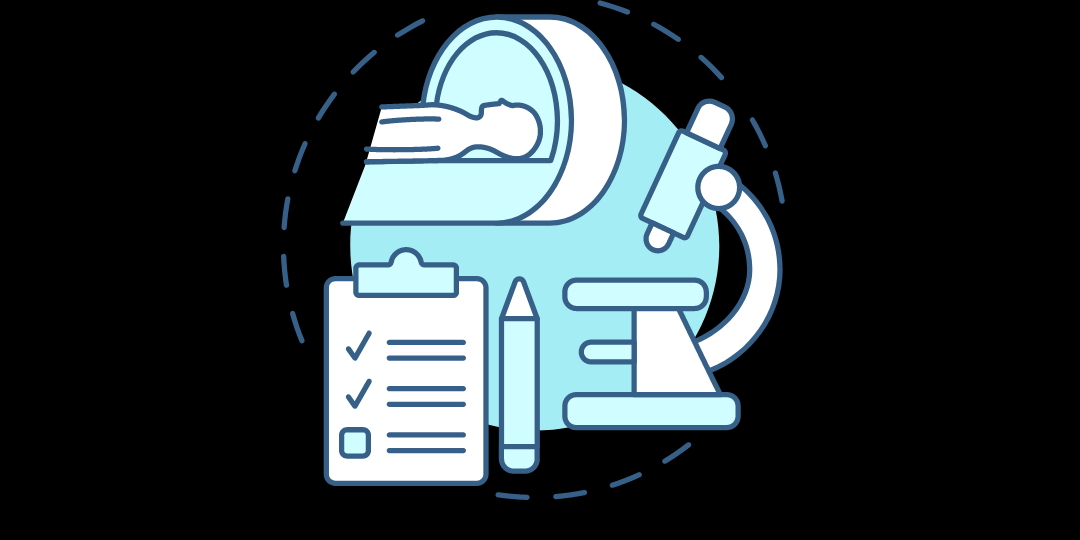
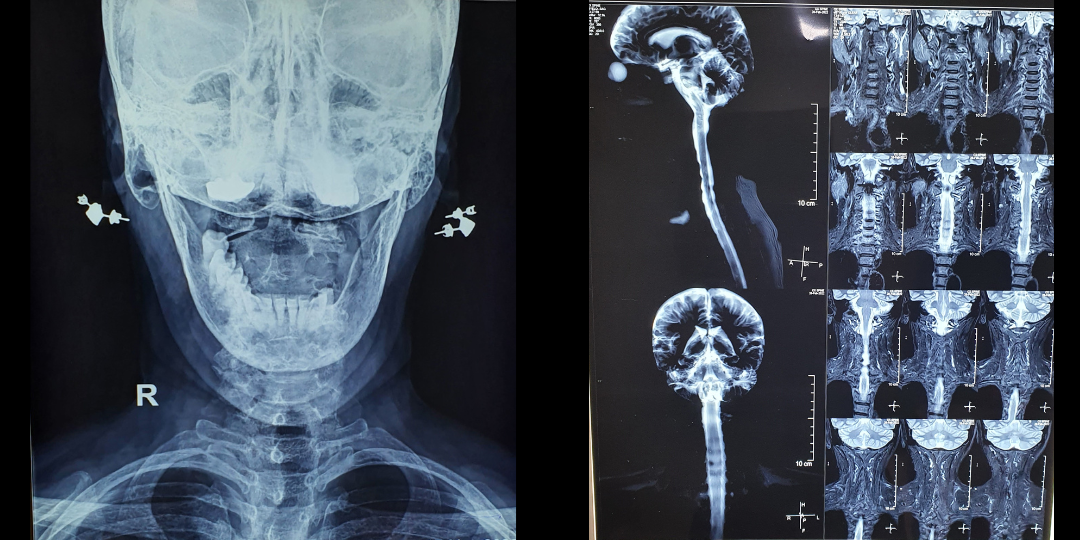
Diagnosis
The diagnosis of AAOA typically involves a combination of clinical examination, imaging studies, and laboratory tests. A physical examination is an important part of the diagnostic process for AAOA. The doctor will examine the neck for pain, stiffness, and limited range of motion. They may also test for muscle weakness, numbness, and tingling in the arms and hands. Imaging studies, such as x-rays and computed tomography (CT) scans, can be used to detect degenerative changes in the atlas and axis vertebrae, such as osteophyte formation and narrowing of the spinal canal.
Magnetic resonance imaging (MRI) can also be used to evaluate the condition of the soft tissue, such as the intervertebral discs, ligaments, and spinal cord. Blood tests may be used to rule out other conditions that can cause similar symptoms, such as rheumatoid arthritis, and to evaluate overall health.
Treatment
The treatment of AAOA varies depending on the severity of the condition and the symptoms experienced by the patient. Conservative treatment options may include physical therapy, which can help to improve range of motion and reduce pain and stiffness. Medications such as non-steroidal anti-inflammatory drugs (NSAIDs) and muscle relaxants may also be prescribed to reduce pain and inflammation. Steroid injections may be used to reduce inflammation and provide pain relief. Surgery may be considered for patients with severe symptoms or neurological deficits caused by nerve compression.
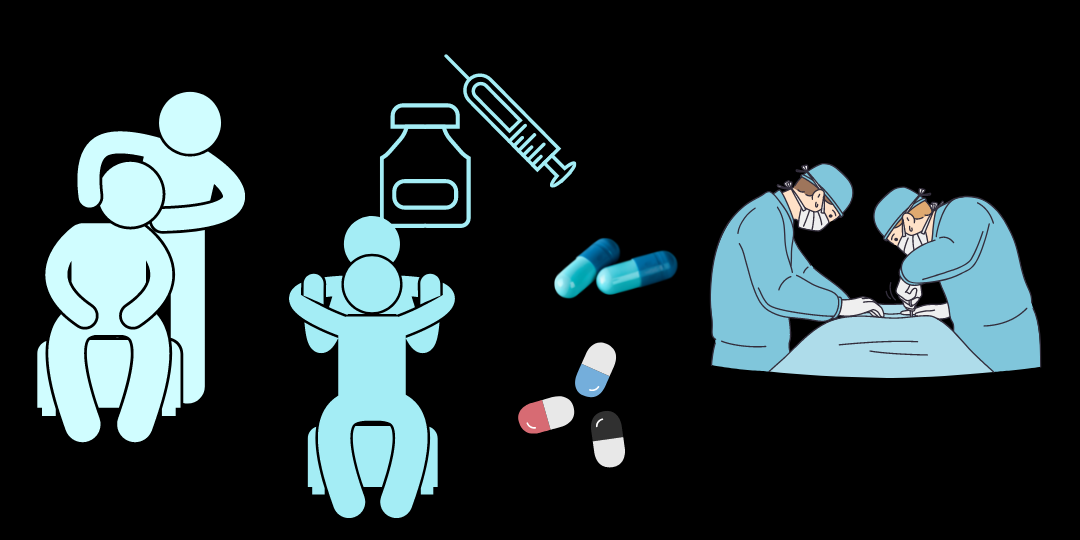
Surgery may include cervical decompression, which involves removing the bone spurs and other structures that are compressing the nerves, or cervical fusion, which involves fusing the affected vertebrae together to stabilize the spine.
Conclusion
Atlantoaxial osteoarthritis (AAOA) is a degenerative condition that affects the joint between the atlas (C1) and axis (C2) vertebrae in the neck. The condition is characterized by degeneration of the articular cartilage and the formation of osteophytes, or bony growths, within the joint. The condition is more common in older individuals and in those with rheumatoid arthritis.


